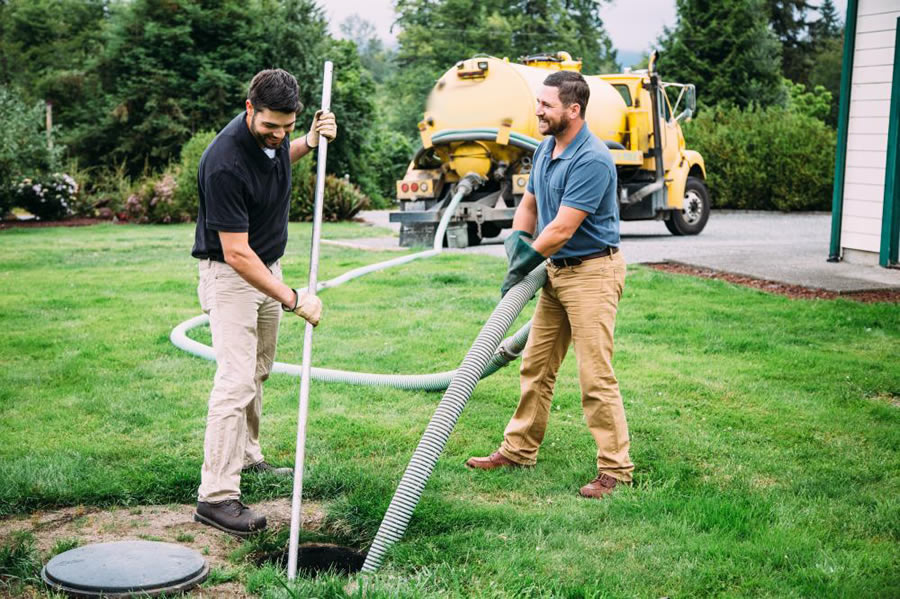Call This Sunday to Get $25 OFF
Clean Solutions, Dirty Jobs – Done Right. Reliable. Responsive. Remarkable.
Call This Sunday to Get $25 OFF
Clean Solutions, Dirty Jobs – Done Right. Reliable. Responsive. Remarkable.
Your septic system is one of the hardest working but most overlooked parts of your home. Every time you flush, run the dishwasher, or do a load of laundry, your septic tank quietly handles waste and water. But here’s the truth: what you send down your drains has a major impact on how well your system performs. Ignoring this fact can lead to clogs, backups, and expensive repairs. With help from a trusted septic company like Septic Connection, you can stay on top of septic tank maintenance and avoid preventable problems.

Your septic system isn’t designed to handle everything that goes down the drain. Unlike city sewers, which lead to large treatment plants, your septic tank processes waste on-site. The tank separates solids, oils, and liquids before releasing the treated water into the drain field. When inappropriate items are flushed, they don’t break down properly. Instead, they linger in the tank, cause blockages, or damage components. This creates the need for costly service calls and shortens the life of your system.
The list of safe flushables is short, and that’s the way it should be. Your septic tank is designed to handle:
That’s it. If it’s not one of these, it doesn’t belong in your toilet.
The septic system is an onsite waste treatment facility, and it is incredibly reliable. However, the system is only as effective…
Imagine flushing your toilet and then suddenly realizing that your backyard has turned into a swampy mess. This unpleasant experience is…
Soil testing is a critical step in various construction and environmental projects. It provides essential information about the ground conditions, which…
Grease traps are remarkable tools that help keep your establishment clean and free from bad odors. Septic Connection has a…
If you have just moved into a new home or property that relies on a septic system for waste and wastewater…
Here’s where many homeowners unknowingly make mistakes. To protect your system, avoid flushing these common items.
By keeping these out of your drains, you reduce the chance of problems and extend the lifespan of your system.
Being mindful of what you flush is just one part of septic tank care. Partnering with a professional septic company ensures your system gets the attention it needs. Here’s how regular septic tank maintenance helps.
Most homeowners need septic pumping every 3–5 years, but factors like household size, water use, and flushing habits can affect that schedule.
Your septic tank is an investment in your home’s comfort and safety. Treating it with care pays off by preventing emergencies and avoiding unnecessary expenses. At Septic Connection, we specialize in septic tank maintenance, pumping, and repair services designed to keep your system reliable year-round. Our team works with homeowners to ensure they know what belongs inside their septic system.
Don’t wait until a clog or backup disrupts your day. Schedule your septic tank maintenance with Septic Connection today, and give your system the care it deserves. Remember: flush this, not that—and your septic tank will thank you.
A properly functioning septic system is essential for protecting your home, property, and local environment. Unfortunately, many homeowners only think about their septic system when something goes wrong. As a…
Read moreYour septic system works hard every single day, quietly managing all the wastewater from your home. Because it’s hidden underground, many homeowners forget it even exists—until something goes wrong. But…
Read more